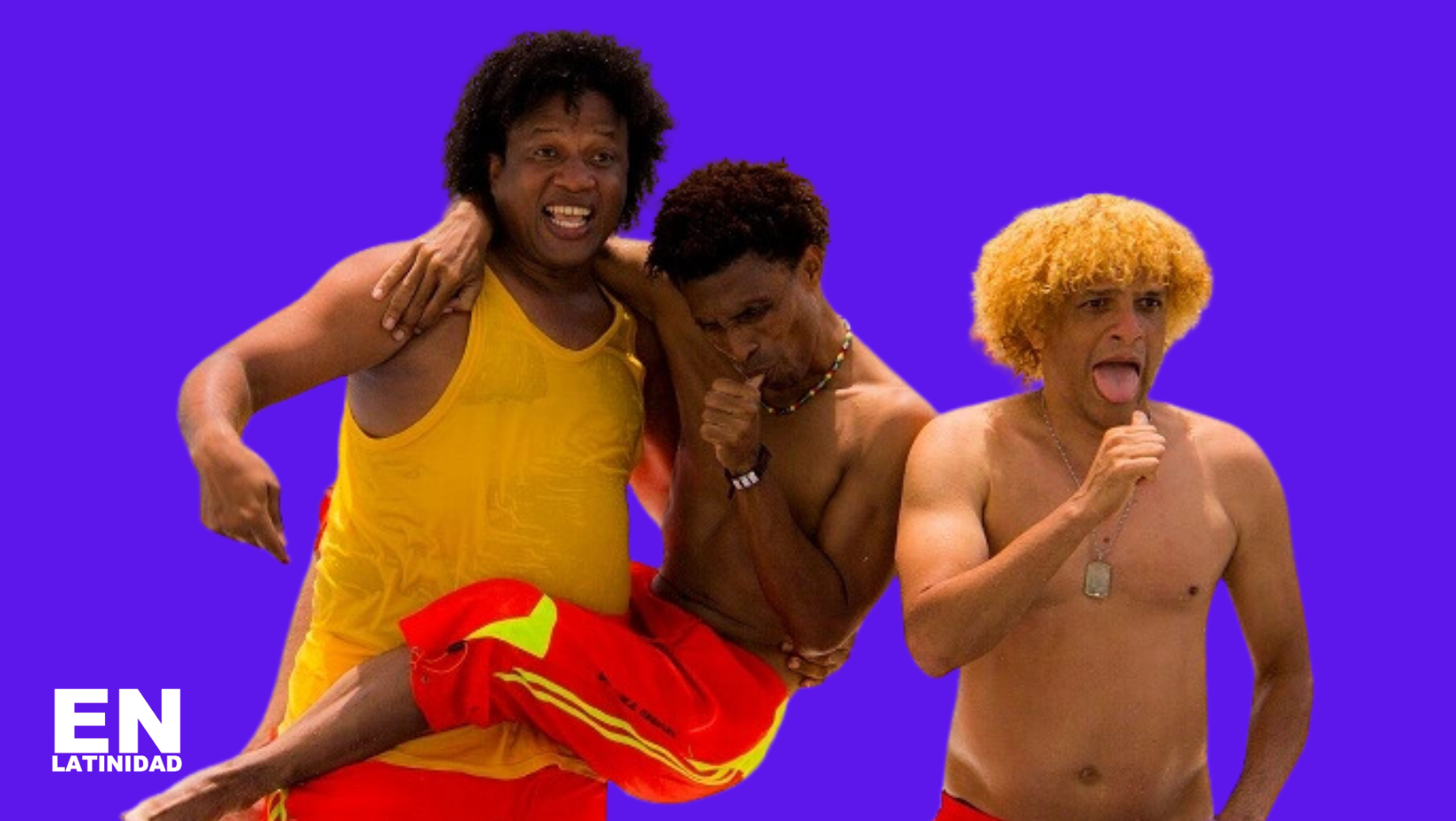Sanky Panky: The Dominican Comedy That Turns “Mangando una Visa” into Laugh-Out-Loud Cinema
Sanky Panky, the classic Dominican comedy starring Tony Pascual and Fausto Mata, remains an iconic film that resonates deeply within Dominican and Dominican-American communities. Released in 2007 and directed by José Enrique “Pinky” Pintor, this comedy is much more than just laughs—it’s a sharp, humorous commentary on the complexities of Dominican identity, immigration, and the dreams and struggles of those trying to build a life beyond the island. More than a decade later, Sanky Panky continues to be a cultural touchstone, especially as immigration remains a pressing and often difficult reality for many Dominicans seeking a better life.
At its core, Sanky Panky tells the story of Genaro, played by Tony Pascual, a young Dominican man working at a beach resort who dreams of escaping poverty by marrying a wealthy foreigner. His sidekick, “El Culebro,” portrayed by Fausto Mata, adds a comedic foil as the two navigate the absurd and often desperate lengths to which some will go to pursue the “American Dream.” The film’s humor is infectious, but beneath the jokes lies a keen observation of the immigrant experience, particularly the hurdles that Dominicans face in trying to access the United States.
One of the most pressing issues highlighted by the context around Sanky Panky—though not explicitly in the film—is the grueling process of obtaining a U.S. visa. For many Dominicans, acquiring a visa means enduring a costly and lengthy ordeal, often involving travel to consulates, expensive paperwork, and the ever-present uncertainty of approval. The stakes are high: without a visa, many are left to resort to irregular migration routes, facing dangers that put their lives at risk. The desperation and hope that drive characters like Genaro are reflections of real stories played out daily across the island. This makes Sanky Panky’s comedy all the more poignant—offering laughter while shining a light on serious social realities.
Dominicans are known for their global diaspora, and the United States is just one part of a vast network of communities built across the world. From Spain to Italy, and from Puerto Rico to Canada, Dominicans have made homes everywhere, contributing their vibrant culture, entrepreneurial spirit, and resilience. Sanky Panky taps into this sense of restlessness and aspiration. It portrays the island as a place of both beauty and limitation, a place that many feel compelled to leave in search of opportunity. Yet, it also underscores the creativity and humor with which Dominicans face life’s challenges—an essential part of their identity whether on the island or abroad.
Tony Pascual and Fausto Mata, the film’s leads, have both enjoyed successful careers following Sanky Panky. Tony Pascual has become one of the Dominican Republic’s most recognizable actors, starring in numerous comedies and dramas that explore facets of Dominican life and culture. His charisma and comedic timing remain celebrated, and he has transitioned into more diverse roles while maintaining his roots in the kind of socially conscious humor that made Sanky Panky a hit. Fausto Mata, affectionately known as “Boca de Piano,” has similarly become a beloved figure in Dominican entertainment. Beyond acting, he has worked in television and theater, always championing comedy that reflects the everyday realities and cultural richness of the Dominican people.
José Enrique “Pinky” Pintor, the film’s director, deserves special mention for his ability to weave humor with cultural critique. His vision brought to life a story that is entertaining yet grounded in authenticity. Pintor has continued to direct and produce works that explore Dominican identity, often mixing comedy with social commentary. His role in Dominican cinema is crucial—he’s one of the voices shaping how Dominican stories are told both at home and to the wider world.
In recent years, Sanky Panky has enjoyed renewed interest, especially among younger audiences discovering it through streaming platforms and social media. Its themes remain relevant as immigration debates continue in the U.S. and around the world, and as the Dominican diaspora grows more connected and vocal about their experiences. The film serves as a cultural time capsule, capturing a moment in Dominican history that still echoes today.
The humor of Sanky Panky works on many levels—it’s slapstick and situational, but also sharp satire. It pokes fun at the stereotypes associated with Dominicans abroad, while humanizing the characters behind those stereotypes. This balance has helped the film endure and become beloved across generations. It reminds viewers that behind every joke is a story of survival, aspiration, and the complex dance of identity for immigrants navigating multiple worlds.
Immigration, as portrayed through the lens of Sanky Panky, is not just a personal journey but a collective one. The film’s popularity underscores how many Dominicans see their own stories reflected in the struggles and hopes of Genaro and his friends. It’s a reminder of the power of comedy to both entertain and provoke critical reflection.
As the Dominican diaspora continues to expand and diversify, Sanky Panky remains a foundational work that celebrates the resilience and creativity of its people. Whether it’s through the laughs inspired by Tony Pascual and Fausto Mata or the thoughtful direction of Pinky Pintor, the film’s legacy is one of cultural pride and candid storytelling. For anyone interested in Dominican culture, identity, or the immigrant experience, Sanky Panky is a must-watch classic that continues to resonate.





Leave a Reply
You must be logged in to post a comment.